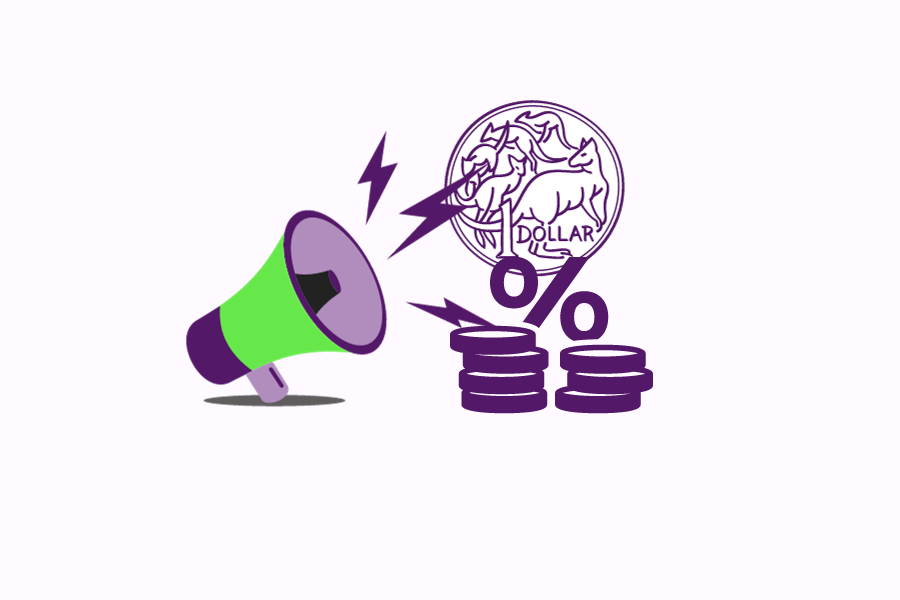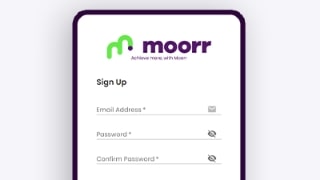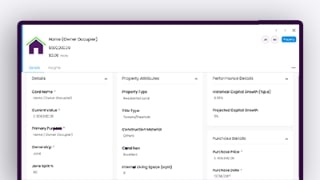The ongoing discourse surrounding Negative Gearing vs Positive Gearing in the realm of Australian property investment has captured the attention of many. In this blog post, we’ll explore the fundamental concepts of Negative Gearing and Positive Gearing, shedding light on the tax outcomes associated with each.
Understanding the Basics:
In simple terms, Negative Gearing occurs when the costs of holding a property exceed the rental income received, while Positive Gearing signifies that the rental income surpasses the holding costs. These terms describe distinct tax outcomes rather than specific investment strategies.
The video below by Ben Kingsley is a really old video, produced back in 2015. However, the principles still hold through, where he breaks down the debate, providing valuable insights into the nuances of each tax outcome. Whether you’re a seasoned investor or new to the property market, Ben’s explanation could be the key to understanding these tax implications, and with 50,000+ views, we thought you might find it interesting as well.
Despite its name, Negative Gearing is a common outcome for many Australian property investors. The concept revolves around leveraging tax benefits by offsetting the losses incurred through property ownership against taxable income. While the property may operate at a deficit, the potential for capital growth and tax advantages can make it an appealing outcome for certain investors.
On the other hand, Positive Gearing involves properties where the rental income exceeds the holding costs. This outcome appeals to investors seeking immediate returns and positive cash flow. Positive Gearing properties can provide a steady income stream, offering financial stability and potentially reducing financial risks associated with property ownership.
In the dynamic landscape of Australian property investment, the contrast between Negative Gearing and Positive Gearing is a tax outcome that should align with your financial objectives and risk appetite. By understanding the intricacies of each, you can navigate the property market more effectively and make decisions that align with your financial goals.
The Dilemma:
Now, the question arises – why would someone experience Negative Gearing, or conversely, why opt for Positive Gearing?
The answer lies in individual financial goals, risk tolerance, and long-term financial outcomes. Negative Gearing may be seen as a pathway to potential future capital gains, while Positive Gearing offers immediate returns and positive cash flow. The video above will explain that.
To further elucidate these concepts, we also recommend watching the video below, “What is Negative Gearing and Why it isn’t a Strategy?” by Ben.
Still unsure?
We hope these two videos help you understand a little bit more between negative gearing vs positive gearing. If you’re still not sure and find them confusing, please speak to your tax accountant or financial planner before making any financial decisions.
Don’t have anyone to talk to? Check out our award-winning sister company, Empower Wealth!
Just in case you’re wondering, Moorr is our online platform that helps people get on top of their money habits and Empower Wealth is our advisory business that works directly with those who want qualified professionals to help them with their financial needs. As a valued Moorr member, if you’d like to have an experienced and professional advisor to help you in your property journey, simply visit Empower Wealth’s website here or fill in the form below to request a free and no-obligationi initial consultation.
Appointment Request - Empower Wealth











